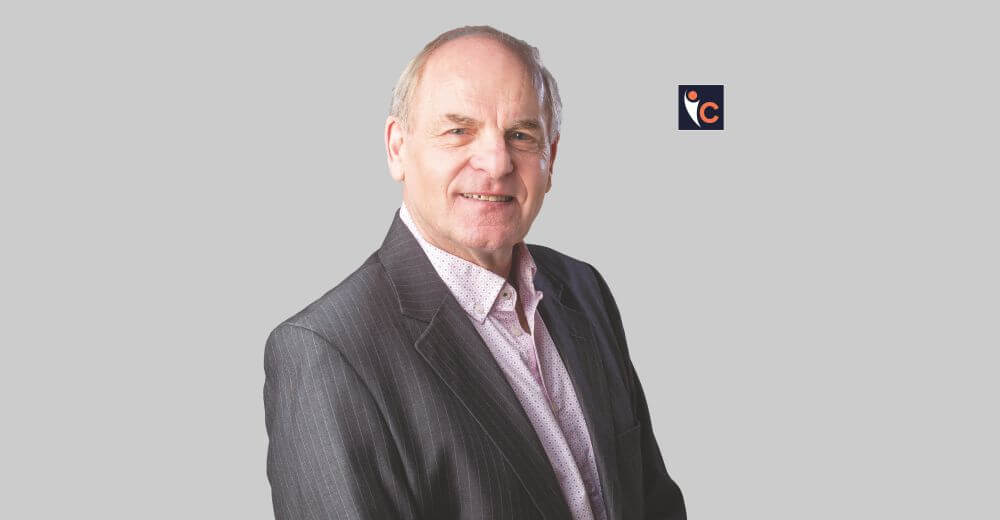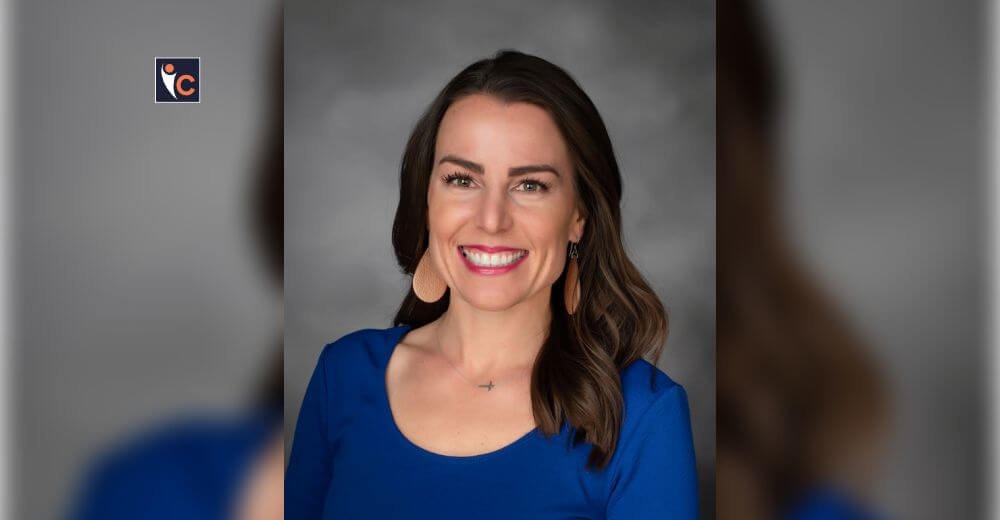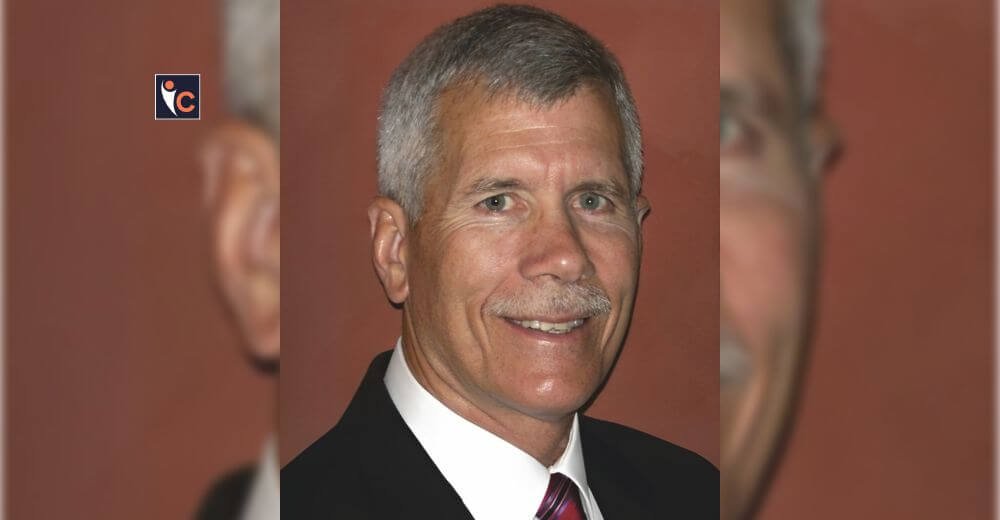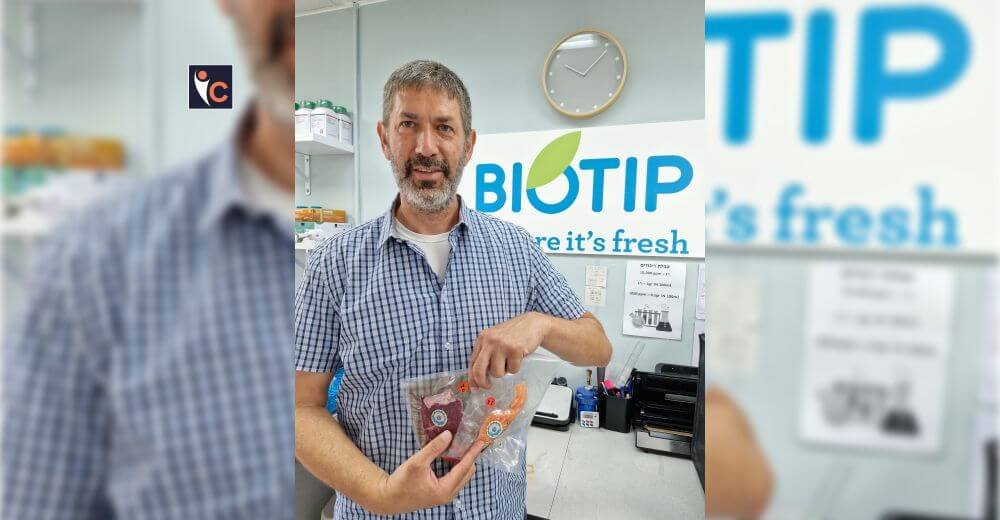Life is all about deals, some deals we do, take our career to the peak while some others can land us in trouble as well. It is the vision and understanding that makes anyone stand above the rest. Technology adds here to the advantage for the industry and for business leaders. Neurotechnology is the result of one such technology that is providing new hope and possibilities for individuals with spinal cord injuries.
Business leaders in these fields are at the forefront of these developments, shaping the future of healthcare and bringing hope to individuals living with spinal cord conditions. With this vision Stéphane Woerly is committed to patient well-being at NeuroBioMat (NBM), where the team improves the life of people with spinal cord injuries.
This cutting-edge technology requires expertise in several specialities and Stéphane certainly helps with his role as a President and Chief Medical Officer at NeuroBioMat.
Appreciating his contribution, we at Insights Care interviewed Stéphane to know the workings of this groundbreaking technology.
Below are the highlights of the interview:
Brief us about yourself and shed some light on your journey so far. What inspires you to serve the healthcare industry?
My career that spans more than 30 years has focused primarily on the design and evaluation of biomaterials to repair lesions of the nervous system. After a doctorate in medicine from the Louis Pasteur University of Strasbourg (France), I pursued a research career via a PhD in Neuroscience at Laval University (Canada). In order to gain expertise in biomaterials, particularly polymer-based hydrogels, I went to the Institute of Macromolecular Chemistry in Prague for a year. I had the chance to be at the forefront of macromolecular chemistry, because it was in this institute that contact lenses were invented in 1961.
At that time it was a huge challenge to bring together the field of advanced polymeric biomaterials with the biology of spinal cord repair. My pioneering work based on a conceptual breakthrough, has engaged a new technology in the field of tissue neuroengineering using hydrogel-based Scaffolds.
I have held a variety of roles in both academics as a professor of biomaterials at the Quebec Biomaterial Institute and in private settings as a manager when I founded Organogel, a biotechnology company in Quebec in Canada. Later, I co-founded NeuroBioMat which is developing a polymer-based medical device to treat posttraumatic spinal cord injuries. I wanted to translate advances in research and development into medical devices for the healthcare industry.
My inspiration was driven by the science of biomaterials. As early as 1986, I saw the science of biomaterials as having the potential to make a significant contribution to the development of innovative treatments in organ repair. This was the starting point of my motivation to serve the healthcare industry specially in the field of neurotrauma. I could say that my research has been a pioneering work that has greatly contributed to a novel neurorestorative approach to treat lesions of the spinal cord using polymer scaffolds.
Can you elaborate upon the core values, vision and mission based on which your services are aligned with NeuroBioMat?
Spinal cord injury (SCI) is a devastating neurological disorder that affects 2.5 million people worldwide. The disruption of motor and sensory nerve tracts results in significant morbidity including loss of motor and sensory function as well as respiratory deficiency, bladder and bowel dysfunction. So, SCI affects almost every aspect of the patient’s life and represents a high level of unmet therapeutic area along with high costs to payers.
Thus, NBM’s mission rises to the challenge of meeting growing customer expectations for spinal cord injury. This mission is well aligned with its vision, as the task is to change the lives of SCI people while the vision is to become a leader in the SCI market. NBM’s values reside in its commitment to improving the lives of people with spinal cord injuries by developing a solution that aims to restore certain neurological functions and thus reduce the burden of disability. Specifically, this breakthrough technology aims to rebuild missing spinal nerve connections to allow nerve impulses to once again travel to and from the brain along the spinal cord. Our solution is based on a tissue engineering approach, which promotes the self-healing ability of the spinal cord after the introduction of a three-dimensional porous scaffold at the injury site that provides structural support for tissue remodeling and healing. Afterwards, patients will follow a rehabilitation program to promote neuroplasticity. For this project, which requires expertise in several specialties, including macromolecular chemistry, neurobiology, tissue engineering and microsurgery, NBM has developed a professional network of first-rate strategic partnerships around its cutting-edge technology.
What areas in your opinion, does the health system struggle with when caring for/treating patients?
As the healthcare industry continues to evolve, the quality of care for patients also improves. But contrary to other disciplines of medicine, neurological surgery is “the poor child of medicine” because this discipline deals with the general cure by just eliminating the problem like brain tumors but has no solutions to truly care for patients. e.g. restoring some neurological functions. In the case of spinal cord injury following trauma, there is a need to develop effective treatments that require developing innovative solutions and what NBM is working on for the benefit of neurological spinal cord surgery. For this discipline, the health industry must still make progress to provide more targeted and effective treatments to its patients.
Please highlight your roles and responsibilities at NeuroBioMat.
As CEO of NeuroBioMat, I have multiple responsibilities, but the most important is to drive a clear vision for NBM with the collaborators and to create enthusiasm to carry out the mission of NBM until the end of its course. This is accomplished by establishing overall direction and ensuring a logistics strategy to ensure workflow is optimized between key partners. Another job is building relationships with medical professionals as well as physical medicine and rehabilitation. I have also a key role in securing adequate funding to ensure financial solidity and scalability of the company. My concern is also to maintain solid protection of intellectual property.
In what way do you consider NeuroBioMat’s technological advances to be a pathway in conducting its operations effectively?
The concept of the hydrogel device overcomes many obstacles in managing spinal cord injury in a way that promotes healing and regeneration. Our technology allows to rebuild the missing nerve connection at the level segment of the lesioned spinal cord and our device is “ready to use». It is a safer and more effective procedure compared for example, of injection of stem cells. This concept meets the needs of practitioners as it is a biomaterial on demand: it promotes cell regeneration that results to the restoration of the spinal cord, perfectly bio-compatible, easy to handle and easy to store which is a great advantage compared to techniques based on engraftment of cells. Moreover, the surgical technique is relatively straightforward. And beyond the advance that this technology represents for neurological surgery, it is also an interesting economic opportunity with a faster time-to-market than other medical devices: in fact, given its specificity which targets patients, our technology is confirmed eligible for the FDA’s Streamlined Breakthrough Technology Registration Process.
What endeavors are you currently pursuing to improve the care/treatment measures for your patients?
The endeavor I am currently pursuing is to set up a First-in-Human (FIH) study with our SPINEREP product. This FIH is based on robust preclinical results that represent a solid scientific basis. It is the ultimate step in the development of medical device with the goal to assess safety and efficacy because this ensure the product/service to reach its full value for the patient. My current effort now is to organize the strategy to set up the logistics to properly conduct this trial which includes many different aspects including data monitoring plans and committees.
What are some of the challenges you face when conducting projects and how do you turn them into opportunities for growth.
A significant challenge was to identify the right ISO 13485 certified contract manufacturing organization to manufacture our polymer hydrogel device to deliver safe and high-quality products. But the biggest challenge faced is regulatory compliance in Europe and the US, as the medical device regulatory landscape is complex, with regulations specific from various regulatory bodies according to the country. Another challenge will be to explore how healthcare professionals will accept our solution at product launch.
Share with us some of the strategies that have helped you in your position as a leader. How do you keep up with specific responsibilities at NeuroBioMat?
The only strategy is to stay ahead of cutting-edge technologies align with a robust intellectual property protection.
What advice would you like to give to budding entrepreneurs and enthusiasts who desire to venture into the healthcare sector?
First of all, to have the necessary background in medicine and then to identify key unmet clinal needs for which no clear alternative exists. Also knowing how to surround yourself with the key technical skills for the project. Very important, have some knowledge of the target market, otherwise get some market research done and explore to establish strong intellectual property protection. Finally, be aware that it will be a long and very laborious journey so have a spirit of success.
How do you envision scaling your services and operations in 2023 and beyond?
At this stage, it is difficult to envision scaling before a clinical trial is validated. However, beyond this stage, our economic model is based on the ramp-up of our service by gradually opening new centres where the surgery will be performed and by increasing the number of patients who will be operated on in each centre. So, we can expect future gradual market expansion, surgical technology with improvements to provide more efficient and effective care to patients, brand awareness, customer experience and operational efficiency. This means developing new partnerships with healthcare providers. Additionally, we believe that our technology has the potential to benefit a wide variety of therapeutic areas, and we will explore new opportunities to expand.










